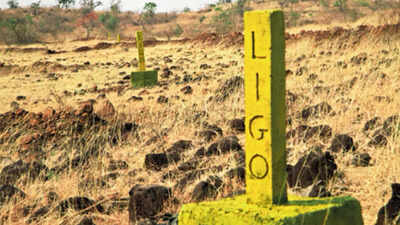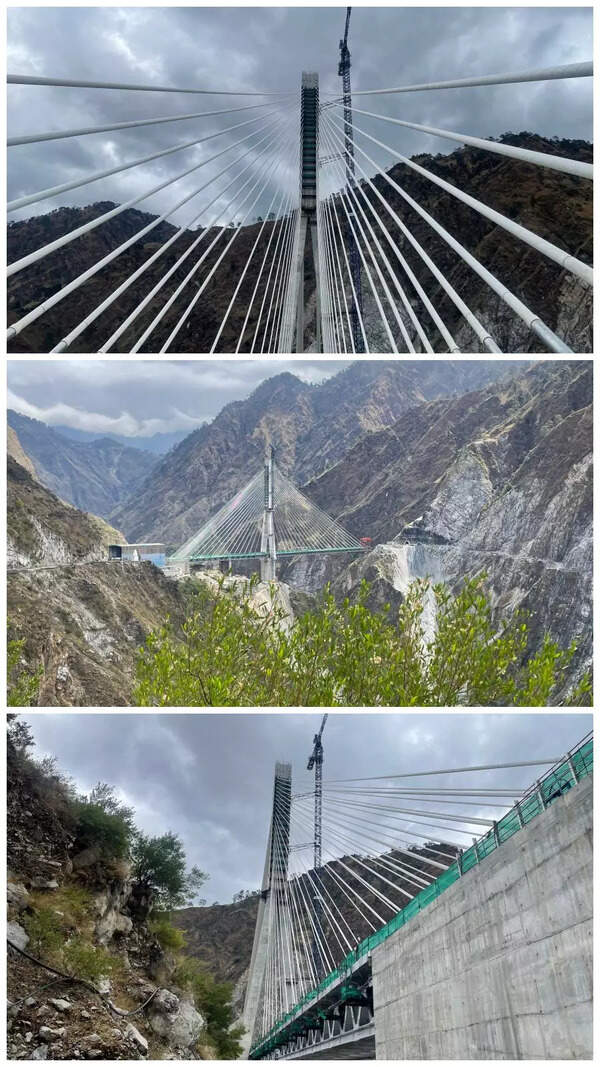Trending Topics
LIGO-India: Mega observatory set to put India on world’s astronomy radar

PUNE: Floating tenders for construction, levelling of the land and construction of a strategic building are priorities for the scientific management team of the third Laser Interferometer Gravitational Wave Observatory (LIGO) India detector coming up in Hingoli in Maharashtra.
The project is jointly funded by the department of science and technology and the department of atomic energy.
The Union Cabinet on Thursday announced Rs 2,600 crore for the project which will be the final push to build the LIGO detector in India in collaboration with the US.
Tarun Souradeep, scientific management board member of LIGO India, told TOI on Friday that the completion of LIGO India which was slated for 2025 would now take a few more years. The announcement of the funds was timely and the progress on the ground would now be accelerated, he added.

The mega-science project in astronomy promises breakthrough research, development of cutting-edge technology and opportunities for students and researchers.
Souradeep said the site has an administrative building. “Prototypes are ready and we will start construction of vacuum chambers first. Tenders will soon be called for,” he added.
LIGO has one of the largest sustained vacuum systems and to keep it pure, everything placed inside the ultra-high vacuum like seismic isolation systems has to be rigorously qualified for outgassing and the materials have to be carefully chosen.
A huge staging building is also equally important because it will store all the components that are being manufactured. This too will take shape soon. A mock control laboratory has been set up at the Inter-University Centre for Astronomy and Astrophysics in Pune, Souradeep added.
In November 2021, Hingoli’s collector had handed over 225 hectares at Dudhala in Aundha Nagnath town. LIGO is being operated at two sites in the United States and in collaboration with a similar detector in Italy (Virgo). Souradeep said that together they can triangulate sources over part of the sky.
“LIGO-India will enable scientists to locate sources over the entire sky. This dramatic improvement is the key scientific motivation for this project,” he added.
The first detection of gravitational waves was one of the biggest scientific discoveries in recent times. “The physical measurements required for gravitational wave detection are arguably the most precise ever made, and they involve cutting-edge technologies that have many non-military applications,” Souradeep added.
He said engaging the Indian scientific community in this quest will raise visibility and appeal of experimental science in India. The presence of a world-leading facility in Hingoli will attract students and inspire them to pursue technical careers, he added.
Once operational, LIGO-India will work in tandem with the US LIGO detectors. A network of three detectors can improve the polarisation information extracted from the wave and source location, Souradeep said.
But even a three-observatory network only provides a sharp sky location for about half of all possible locations in the sky.
“The goal is to localise a source of gravitational waves anywhere in the sky. Four comparable detectors need to be operating simultaneously around the globe to achieve this,” he added.
A TOI report in January 2019 had said that Nobel laureate Kip Thorne, while on a visit to India in January 2018, had said that Indian scientists have made significant contributions to two sides of the project — data analytics and in understanding the shape of the waves — which could see India become a full player along with the US and Europe in the experimental side of detecting gravitational waves.
Thorne, who is LIGO’s cofounder, in his interview, had said that by 2025, Indians will be required to monitor the motions of the mirrors — which weigh 40kg — with such enormous accuracy that they receive the information.
The project is jointly funded by the department of science and technology and the department of atomic energy.
The Union Cabinet on Thursday announced Rs 2,600 crore for the project which will be the final push to build the LIGO detector in India in collaboration with the US.
Tarun Souradeep, scientific management board member of LIGO India, told TOI on Friday that the completion of LIGO India which was slated for 2025 would now take a few more years. The announcement of the funds was timely and the progress on the ground would now be accelerated, he added.

The mega-science project in astronomy promises breakthrough research, development of cutting-edge technology and opportunities for students and researchers.
Souradeep said the site has an administrative building. “Prototypes are ready and we will start construction of vacuum chambers first. Tenders will soon be called for,” he added.
LIGO has one of the largest sustained vacuum systems and to keep it pure, everything placed inside the ultra-high vacuum like seismic isolation systems has to be rigorously qualified for outgassing and the materials have to be carefully chosen.
A huge staging building is also equally important because it will store all the components that are being manufactured. This too will take shape soon. A mock control laboratory has been set up at the Inter-University Centre for Astronomy and Astrophysics in Pune, Souradeep added.
In November 2021, Hingoli’s collector had handed over 225 hectares at Dudhala in Aundha Nagnath town. LIGO is being operated at two sites in the United States and in collaboration with a similar detector in Italy (Virgo). Souradeep said that together they can triangulate sources over part of the sky.
“LIGO-India will enable scientists to locate sources over the entire sky. This dramatic improvement is the key scientific motivation for this project,” he added.
The first detection of gravitational waves was one of the biggest scientific discoveries in recent times. “The physical measurements required for gravitational wave detection are arguably the most precise ever made, and they involve cutting-edge technologies that have many non-military applications,” Souradeep added.
He said engaging the Indian scientific community in this quest will raise visibility and appeal of experimental science in India. The presence of a world-leading facility in Hingoli will attract students and inspire them to pursue technical careers, he added.
Once operational, LIGO-India will work in tandem with the US LIGO detectors. A network of three detectors can improve the polarisation information extracted from the wave and source location, Souradeep said.
But even a three-observatory network only provides a sharp sky location for about half of all possible locations in the sky.
“The goal is to localise a source of gravitational waves anywhere in the sky. Four comparable detectors need to be operating simultaneously around the globe to achieve this,” he added.
A TOI report in January 2019 had said that Nobel laureate Kip Thorne, while on a visit to India in January 2018, had said that Indian scientists have made significant contributions to two sides of the project — data analytics and in understanding the shape of the waves — which could see India become a full player along with the US and Europe in the experimental side of detecting gravitational waves.
Thorne, who is LIGO’s cofounder, in his interview, had said that by 2025, Indians will be required to monitor the motions of the mirrors — which weigh 40kg — with such enormous accuracy that they receive the information.
Start a Conversation
FOLLOW US ON SOCIAL MEDIA
FacebookTwitterInstagramKOO APPYOUTUBE










